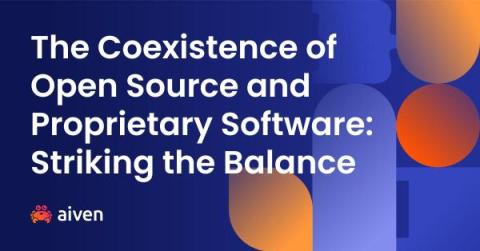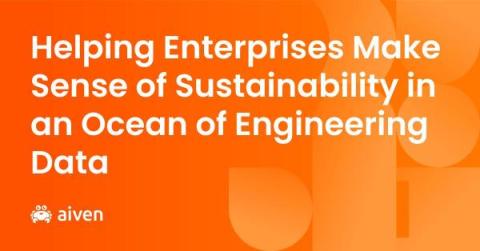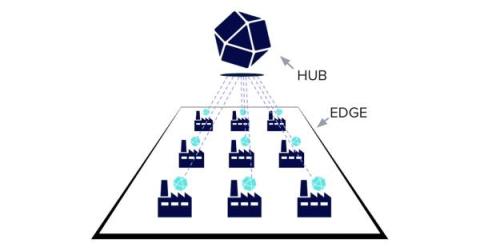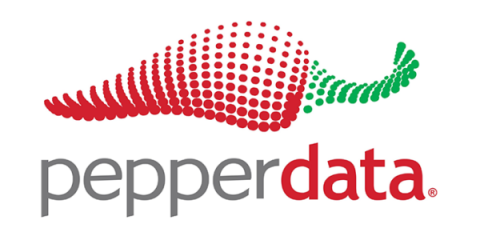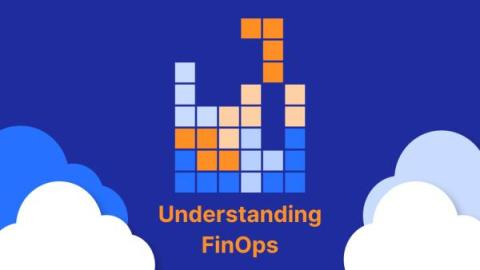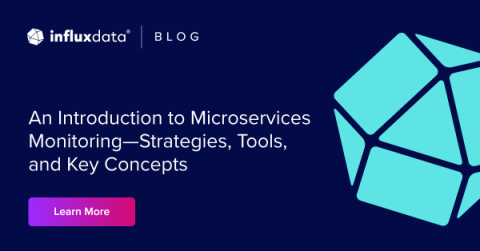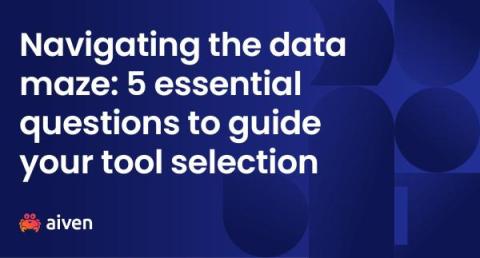The Coexistence of Open Source and Proprietary Software: Striking the Balance
Discover how to build a technology infrastructure to get the best of both open source and proprietary software The debate on the cohabitation of open source software (OSS) and proprietary software has persisted as long as both have existed. OSS, designed for unrestricted access and usage, and proprietary software, its opposite, have often been positioned as opponents in the technology arena. However, the reality is far from this either/or dynamic.


